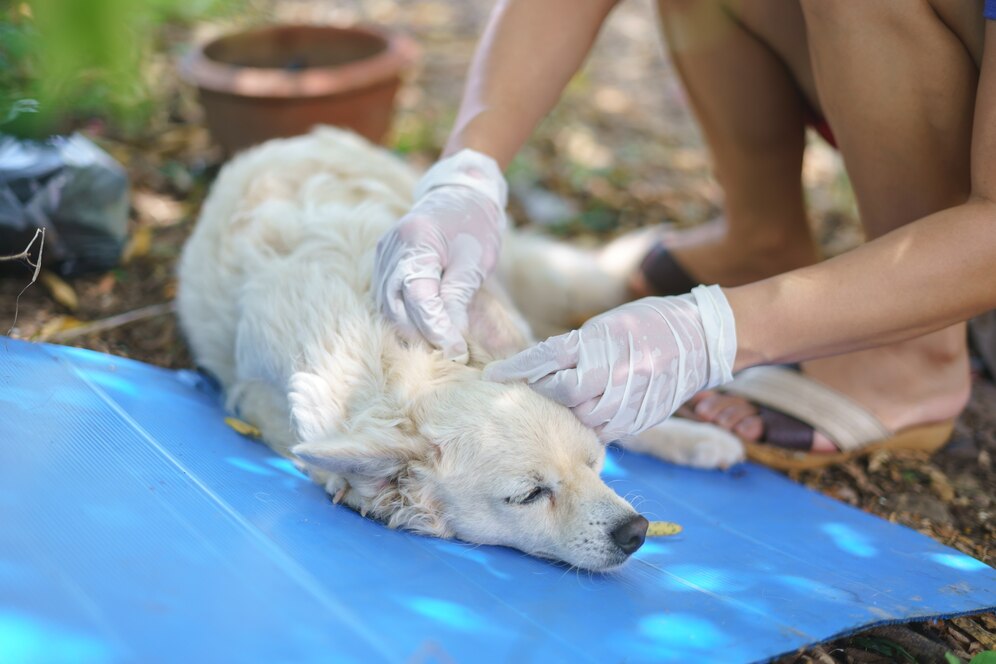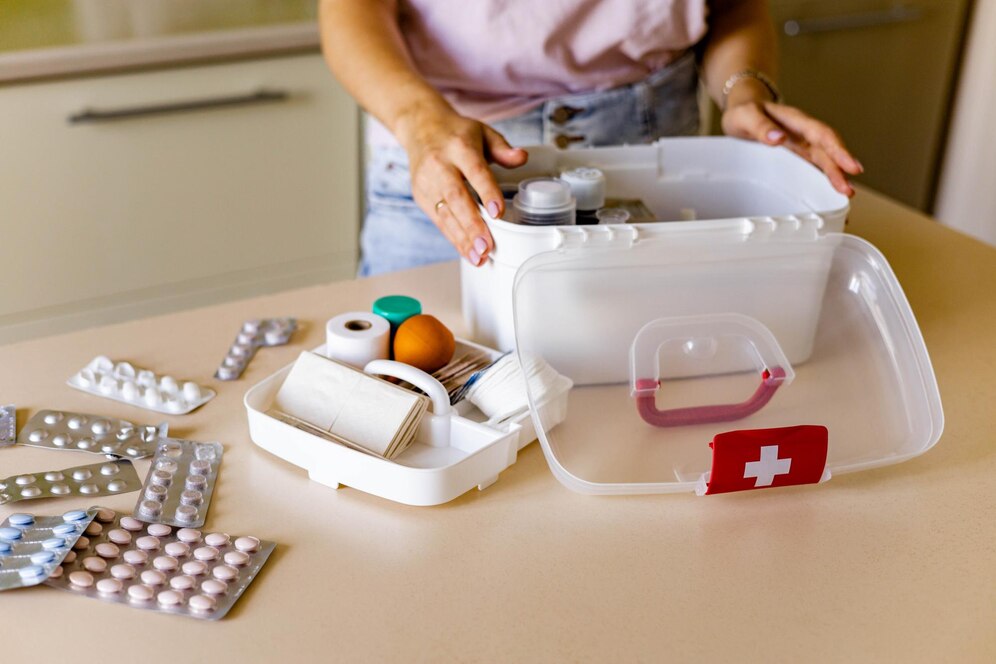Introduction
When an emergency strikes, every second counts. Just like humans, pets can experience accidents, injuries, or sudden illnesses. Having a well-stocked pet first aid kit on hand can make a world of difference in your ability to provide immediate care and possibly save your pet’s life. In this guide, we’ll show you how to prepare the ultimate pet first aid kit, what to include, and how to use it properly.
Why Every Pet Owner Needs a First Aid Kit
Many pet emergencies happen at home or during outdoor adventures, far from immediate veterinary help. A pet first aid kit ensures that you are always prepared to:
- Treat minor wounds and injuries
- Stabilize your pet until you reach a vet
- Handle unexpected situations like insect bites, allergic reactions, or overheating
Being prepared can minimize your pet’s pain, prevent infections, and even save lives.
Essentials for Your Pet First Aid Kit
A good first aid kit covers basic medical emergencies and pet-specific needs. Below is a detailed list of essential items.
| Item | Purpose |
|---|---|
| Gauze Rolls and Pads | To stop bleeding and wrap wounds |
| Adhesive Tape (Pet-Safe) | Secure bandages without sticking to fur |
| Antiseptic Wipes | Clean wounds and prevent infections |
| Hydrogen Peroxide (3%) | Induce vomiting (only if directed by a vet) |
| Digital Thermometer | Check for fever (rectal use recommended) |
| Tweezers | Remove splinters or ticks |
| Scissors (Blunt Tip) | Cut bandages or fur around wounds |
| Instant Cold Packs | Reduce swelling after injuries |
| Sterile Saline Solution | Flush eyes or wounds |
| Disposable Gloves | Maintain hygiene while treating injuries |
| Emergency Blanket | Keep your pet warm in case of shock |
| Muzzle (Soft or Cloth) | Prevent biting when in pain |
| Pet-Safe Antihistamines | Manage allergic reactions (vet-approved) |
| Backup Medications | Any essential meds your pet regularly takes |
| Contact Information Card | Vet, emergency clinic, and poison control numbers |
How to Assemble Your Pet First Aid Kit

Follow these simple steps to create a kit that’s ready when you need it most:
1. Choose the Right Container
Use a sturdy, waterproof, and easy-to-carry container. A plastic tackle box or a zippered fabric case with compartments works well.
2. Group Similar Items Together
Organize the kit so that bandages, medications, and tools are easy to find. Label each section if possible.
3. Personalize It for Your Pet
Consider your pet’s species, size, age, and any existing health conditions. For instance, if your dog is prone to allergies, include antihistamines.
4. Keep Instructions Inside
Place a printed copy of basic first aid instructions and your vet’s contact details inside the kit.
5. Update Regularly
Check expiration dates on medications and replace used or outdated items every six months.
Situations Where a Pet First Aid Kit Can Help
Your kit can be a lifesaver in various emergencies, such as:
- Cuts and Scrapes: Clean and bandage minor wounds.
- Overheating: Cool your pet and monitor their temperature.
- Bites and Stings: Treat swelling and prevent allergic reactions.
- Broken Limbs: Immobilize with makeshift splints until professional care is available.
- Poisoning: Use hydrogen peroxide only if instructed by a vet.
Always follow up with professional veterinary care after administering first aid.
Additional Items for Specific Needs
Depending on your lifestyle and activities with your pet, consider adding:
| Scenario | Additional Items |
|---|---|
| Hiking Adventures | Tick remover tool, extra water, paw balm |
| Beach Visits | Rinse solution for sand, sunblock for pets |
| Winter Travel | Paw protection wax, thermal blanket |
| Home Emergencies | Pet carrier, spare leash, backup ID tags |
Tips for Using Your Pet First Aid Kit Effectively

- Stay Calm: Your pet will pick up on your anxiety. A calm demeanor helps keep the situation under control.
- Restrain Safely: Injured pets may react defensively. Use a muzzle if necessary to avoid bites.
- Know Basic CPR: Learn pet CPR techniques for life-threatening emergencies.
- Contact a Professional: First aid is not a substitute for veterinary care. Always consult a vet after providing initial treatment.
Where to Store Your Pet First Aid Kit
- At Home: Keep it accessible but out of pets’ reach.
- In the Car: A travel-size version is ideal for trips and hikes.
- On Walks: Pack a mini kit in your backpack or fanny pack.
Conclusion
Preparing a pet first aid kit is one of the most important steps you can take as a responsible pet owner. With the right tools and supplies on hand, you can act swiftly and effectively during an emergency, providing comfort and possibly saving your beloved companion’s life.
Take the time today to assemble your kit—because being prepared is the greatest gift you can give your pet.
